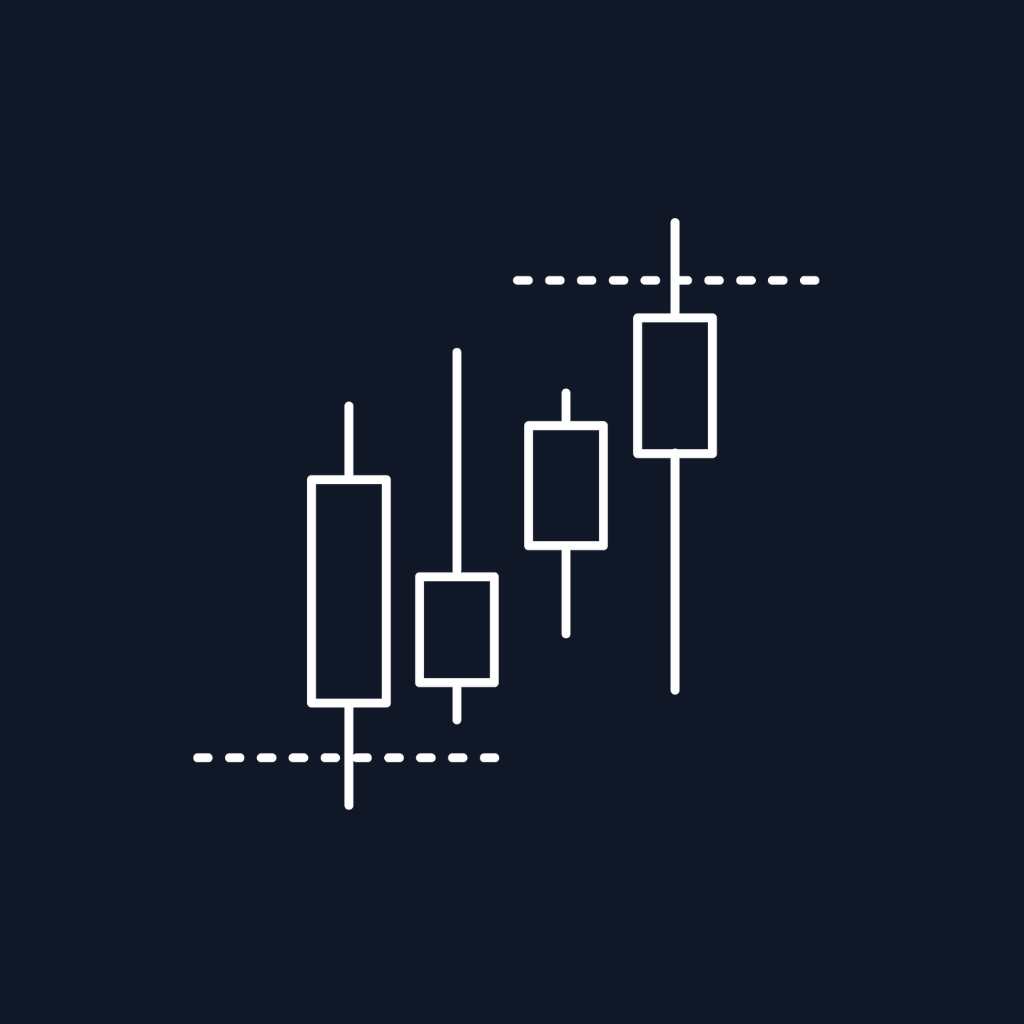Harmonic patterns have gained widespread popularity among traders as a powerful strategy for identifying potential reversal points in financial markets. Rooted in the concept of Fibonacci ratios, these patterns leverage geometric price formations to uncover natural harmonic relationships found within the market. In this blog post, we'll explore the essence of harmonic patterns, their benefits, and how traders can effectively incorporate them into their trading decisions.
Understanding Harmonic Patterns: Harmonic patterns revolve around the notion that price movements often exhibit recurring patterns and proportions. These patterns manifest as specific price structures that indicate potential areas of support or resistance, offering traders the opportunity to anticipate either a reversal or a continuation of the prevailing trend. These patterns include well-known configurations such as the Bat, Alternative Bat, Gartley, Crab, Deep Crab, Shark, and Butterfly.
Unveiling the Advantages: One of the key advantages of harmonic patterns lies in their ability to provide traders with clear entry and exit levels. Once a pattern is identified, traders can develop their trading plan based on predefined rules. To enhance the likelihood of success, traders often seek confluence with other technical indicators or price action signals, thereby increasing the probability of a favorable trade outcome.
Navigating the Limitations: It's important to note that, like any trading strategy, harmonic patterns do not guarantee profitability. While they serve as effective tools for identifying potential turning points in the market, they can also produce false signals. Therefore, it is crucial to complement harmonic patterns with other forms of technical analysis and risk management techniques. This comprehensive approach helps traders mitigate risks and maximize their potential returns.
The Role of Real-Time Detection: ScalperIntel Harmonic Patterns offers a powerful indicator that detects eight Harmonic Patterns. With the flexibility to adjust pattern configurations and various visualization options, traders gain real-time insights into market opportunities. It's important to remain mindful that harmonic patterns are subject to adjustments as the last point in the pattern may move, requiring updates to current swing levels to confirm or cancel the pattern.
Effectively Implementing Harmonic Patterns: To effectively incorporate harmonic patterns into trading strategies, traders should possess a solid foundation in technical analysis and be able to interpret market conditions and trends accurately. Regular practice, backtesting, and maintaining a trading journal are highly recommended to refine one's skills in utilizing harmonic patterns. By combining these efforts, traders can increase their proficiency and make informed trading decisions.
Conclusion: Harmonic patterns offer a structured and disciplined approach to trading, leveraging geometric price formations and Fibonacci ratios. While they serve as valuable additions to a trader's toolkit, they should be utilized alongside other technical analysis methods and risk management strategies. By combining proper analysis, discipline, and a comprehensive approach, traders can harness the potential insights provided by harmonic patterns to navigate the financial markets more effectively. Remember, continuous learning and adaptation are essential in an ever-evolving trading landscape.
- Smart Money Concept and Order Blocks
-
Volume Profile with PoC
- Reversal Patters (harmonic patterns or head and shoulders)
- Trend Following with Trend Meter, SSL Channel Plus










